Joule ( IF 38.6 ) Pub Date : 2023-10-27 , DOI: 10.1016/j.joule.2023.10.003
Zhendong Li , Ge Zhou , Shuai Li , Hongyu Liu , Liping Wang , Hong Li
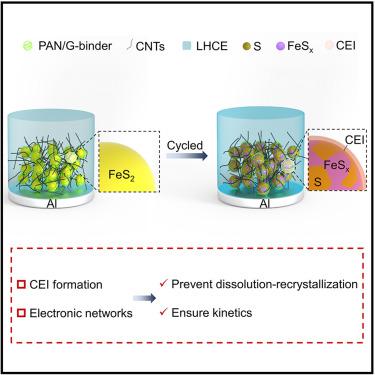
|
Conversion-type cathodes for lithium metal batteries are considered long-term targets due to their low cost and high energy density. However, they suffer from poor cycling life. In this study, we present an interface engineering strategy that involves constructing a three-dimensional (3D) ionic-electronic network to overcome this challenge. In detail, we fabricate a cathode-electrolyte interphase (CEI) as an ionic conductor using a specially designed localized high-concentration electrolyte (LHCE). Additionally, we construct a durable electronic network by applying a functional binder and carbon nanotubes (CNTs) onto the surface of the active material. We demonstrate that micro-sized FeS2 cathode achieves a capacity retention of 72.6% after 700 cycles at a current rate of 0.5 C and 4 mAh/cm2. This work addresses the construction of a stable ionic-electronic network that is key to achieving stable performance. Moreover, it reveals the potential of conversion cathodes, even in micro-size, for practical applications.
中文翻译:

释放微型转换型 FeS2 阴极的循环寿命
锂金属电池的转换型阴极由于其低成本和高能量密度而被认为是长期目标。然而,他们的骑行生活却很糟糕。在这项研究中,我们提出了一种界面工程策略,涉及构建三维(3D)离子电子网络来克服这一挑战。具体来说,我们使用专门设计的局部高浓度电解质(LHCE)制造了作为离子导体的阴极电解质界面(CEI)。此外,我们通过将功能粘合剂和碳纳米管(CNT)应用到活性材料的表面来构建耐用的电子网络。我们证明,微米尺寸的FeS 2正极在0.5 C和4 mAh/cm 2的倍率下循环700次后容量保持率为72.6% 。这项工作致力于构建稳定的离子电子网络,这是实现稳定性能的关键。此外,它揭示了转换阴极(即使是微米尺寸)在实际应用中的潜力。

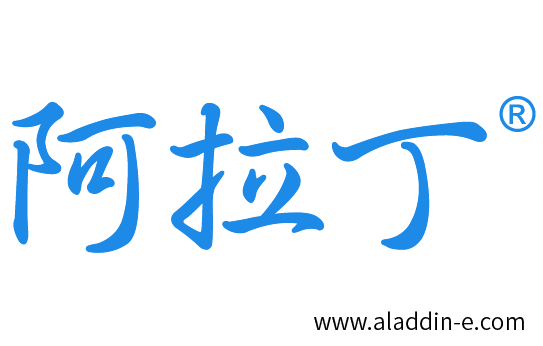
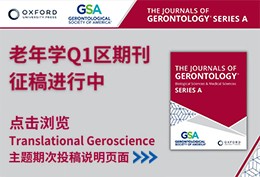
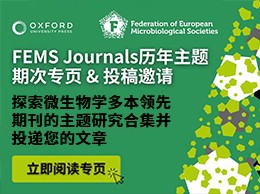
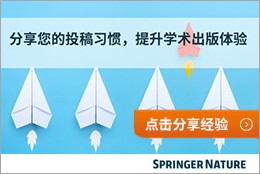




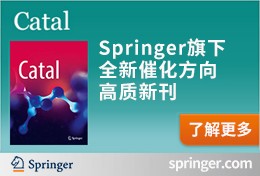
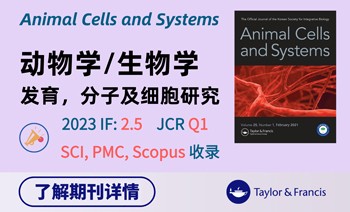










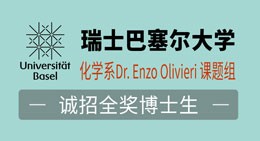
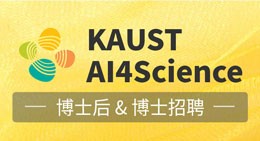
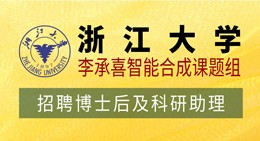
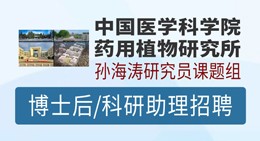
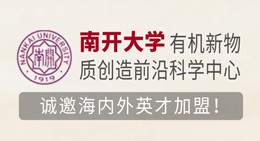
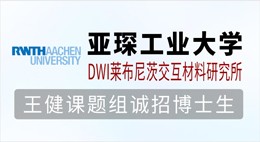
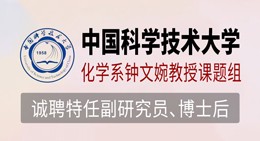
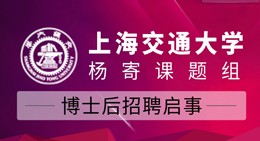
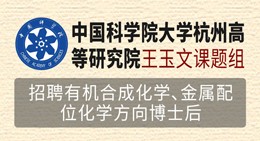



 京公网安备 11010802027423号
京公网安备 11010802027423号